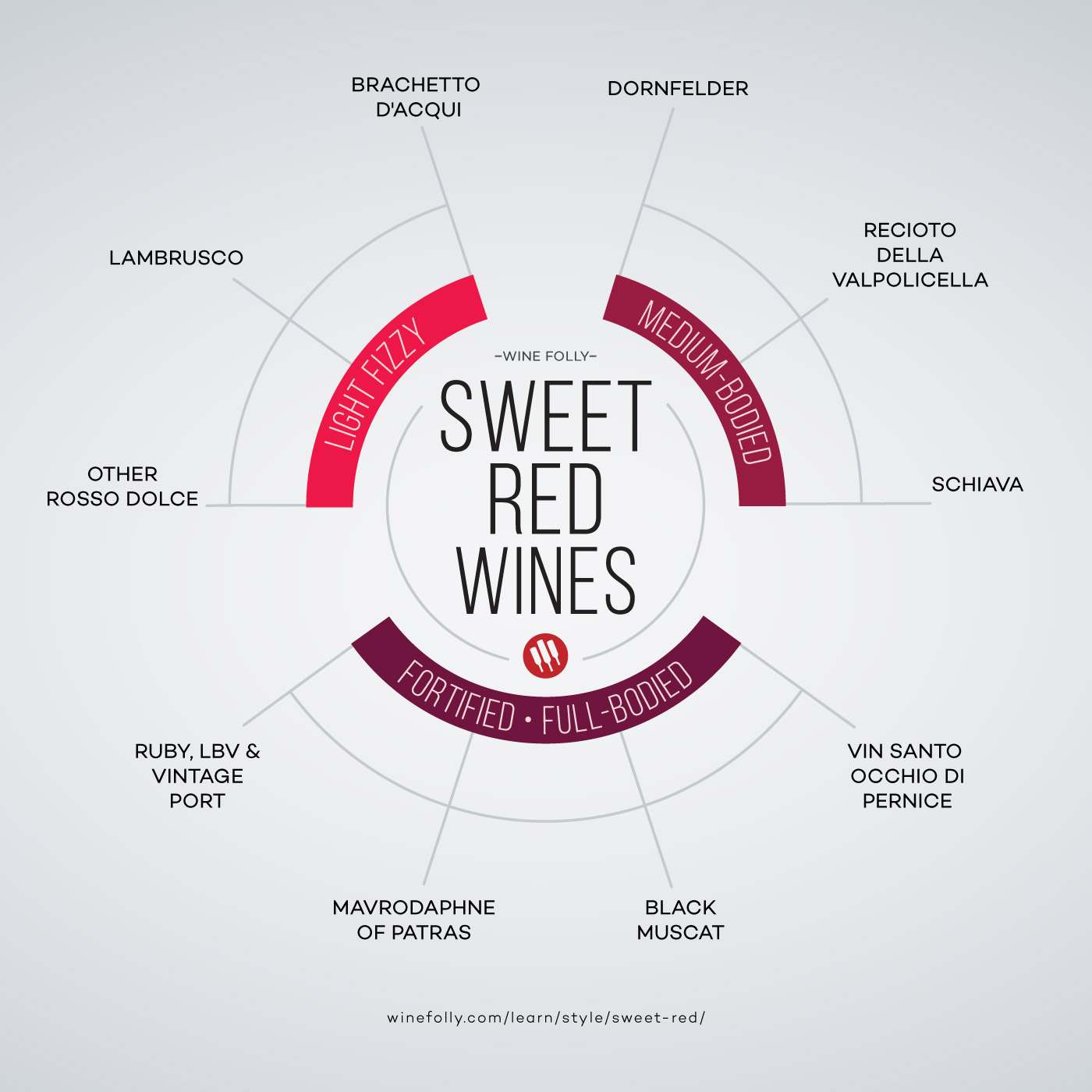

Better still, deeper coloured rosés are more versatile than the palest pink vinos so you might even feel inclined to drink it year-round rather than waiting until the sun’s out.

While we often believe paler wines indicate a dryer drop, it’s not always the case and darker wines may be fruitier or fuller bodied than their blush pink counterparts, ideal if red wine is your usual go-to or you want a more robust rosé to pair with food. To try something new, think of a wine you already like and try a rosé from the same area – for example an Italian rosata from Abruzzo if you love Montepulciano or a rosado Rioja if you’re a fan of Spain’s best-loved wine.ĭon’t be too swayed by the colour either. From New Zealand to the UK, wine makers are producing increasingly complex rosé wines that work just as well with food as they do served solo on a summer’s day. Made by gently pressing red grapes to add a touch of colour and flavour, this style of rosé is crisp and dry with a beautiful blush colour and fruity flavours of summer berries or blossom.īut there are other rosés to consider too. Though rosé wines are made all over the world, it’s the pale pink Provençal style that has won over even the hardest to please wine drinker.

However, most wine lovers have now woken up to the fact that rosé doesn’t need to mean a bright pink zinfandel, with it since becoming the must-have drink of the summer. Wine buffs believed it was an overly sweet drink with a high sugar content that was closer to a glass of juice than a decent vino.


 0 kommentar(er)
0 kommentar(er)
